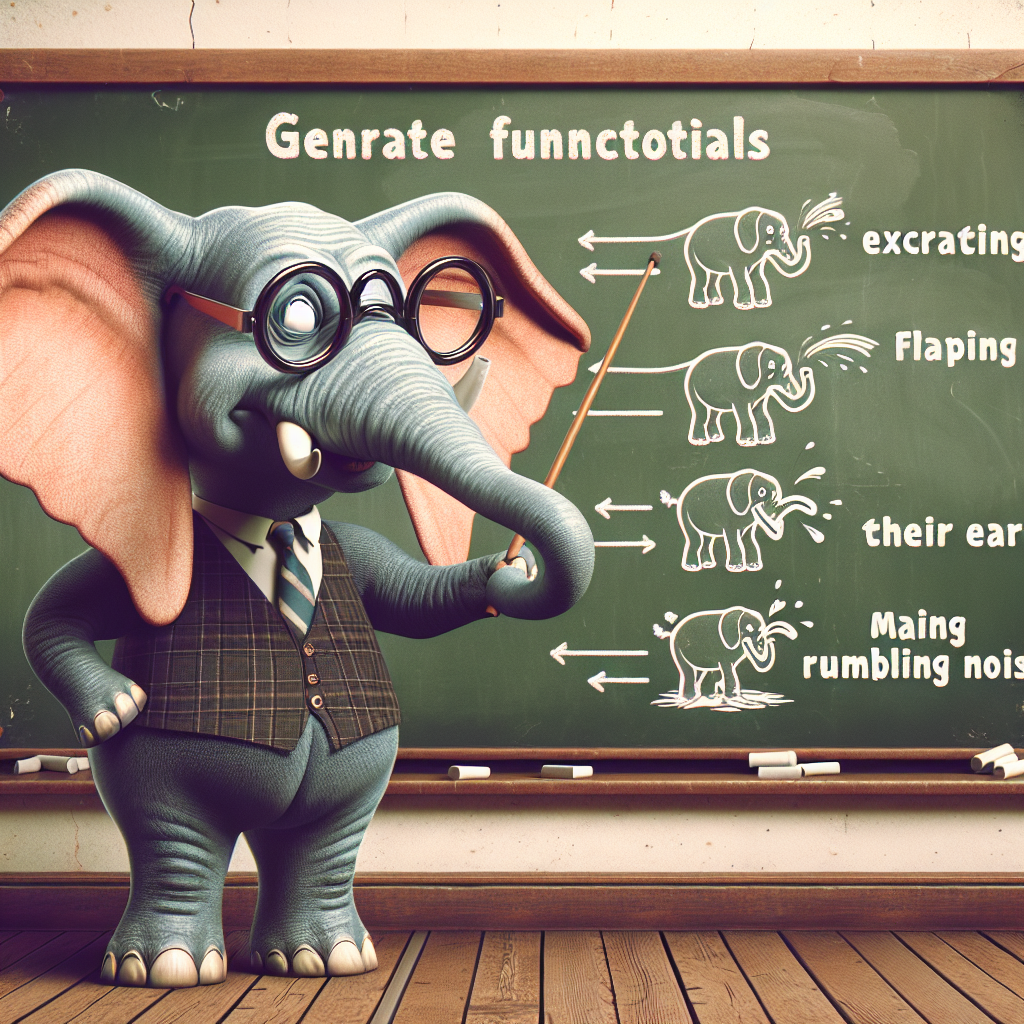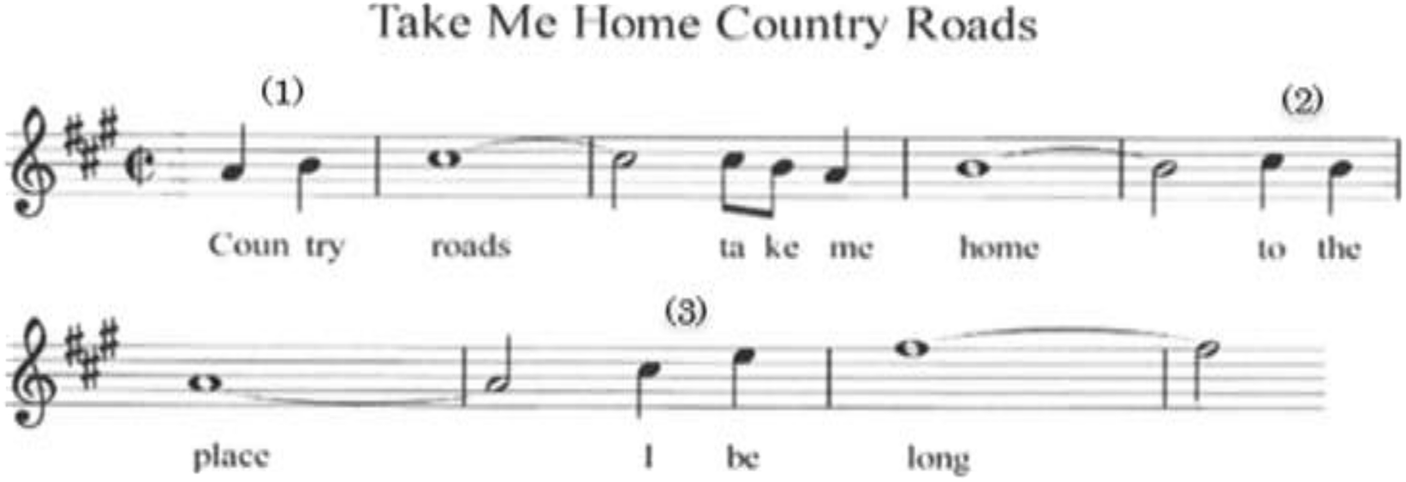5
Timing adjustment is an important ability for living organisms. Wild animals need to act at the right moment to catch prey or escape a predator. Land plants, although limited in their movement, need to decide the right time to grow and bloom. Humans also need to decide the right moment for social actions. Although scientists can pinpoint the timing of such behaviors by observation, we know extremely little about how living organisms as actors or players decide when to act – such as the exact moment to dash or pounce. The time measurements of an outsider-observer and the insider-participants are utterly different. We explain how such essential operations of timing adjustment and temporal spanning, both of which constitute a single regulated set, can be carried out among organisms. For this purpose, we have to reexamine the ordinary conception of time. Our specific explanatory tools include the natural movement known as the upbeat (anacrusis) in music, a rhythmic push for the downbeat that follows, which predicts future moves as an anticipatory lead-in. The scheme is situated in and is the extension of our formulation of E-series time, i.e., timing co-adjusted through interaction, which is derived from the semiotic/communicative perspectives. We thereby demonstrate that a prediction-based timing system is not mechanical but communicative and entails meanings for future anticipation.



Summary made by Fabric’s Wisdom Extractor
SUMMARY:
The paper, authored by Naoki Nomura, Koichiro Matsuno, Tomoaki Muranaka, and Jun Tomita, explores timing adjustment in living organisms, emphasizing the distinction between external observations of timing and organisms’ internal decisions on when to act. It introduces concepts like upbeat/downbeat in music as analogies for predicting future actions and the E-series time, derived from semiotic/communicative perspectives, to demonstrate timing as a communicative, anticipatory, and meaning-entailing system.
IDEAS:
QUOTES:
FACTS:
REFERENCES:
RECOMMENDATIONS: